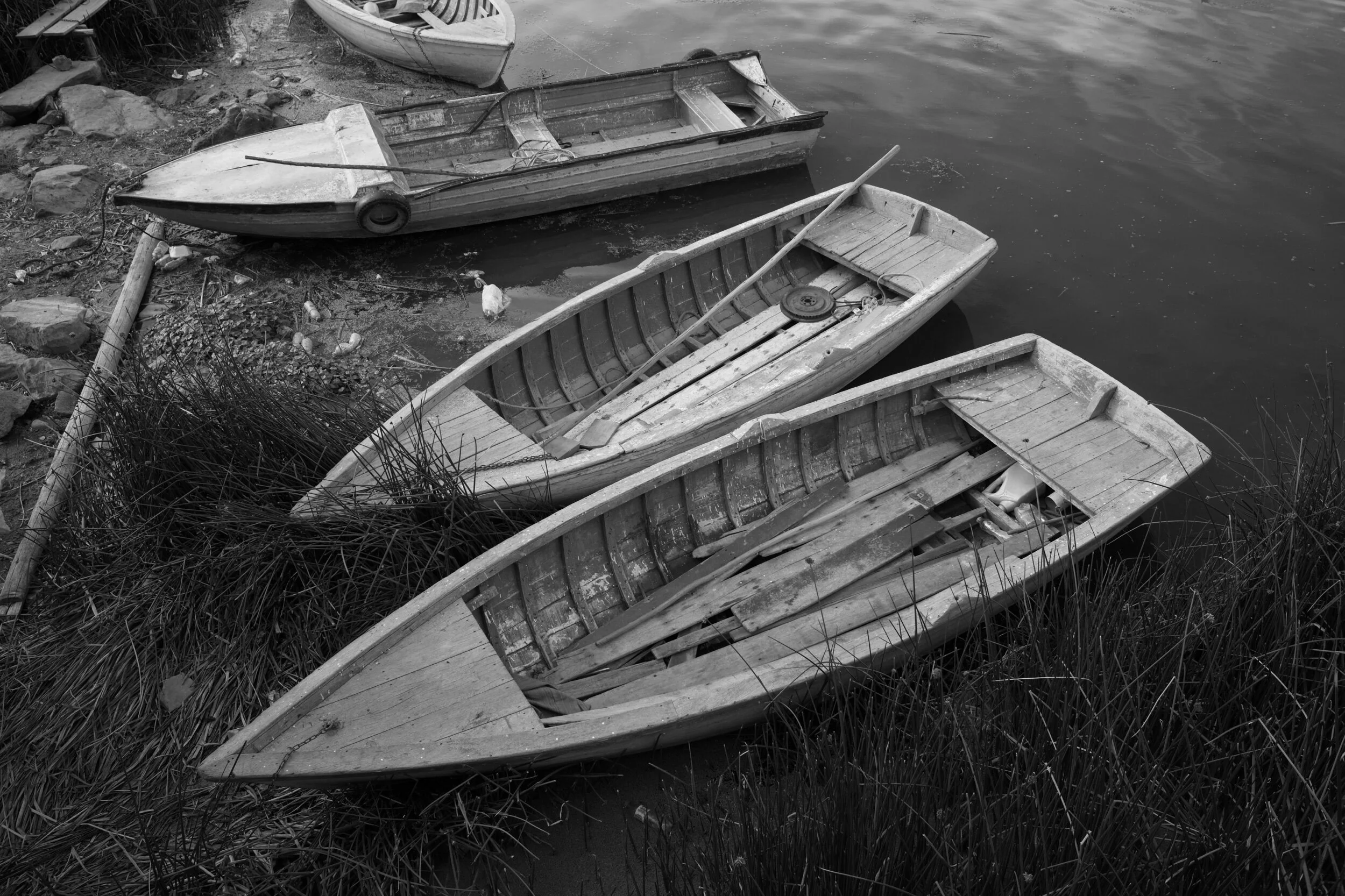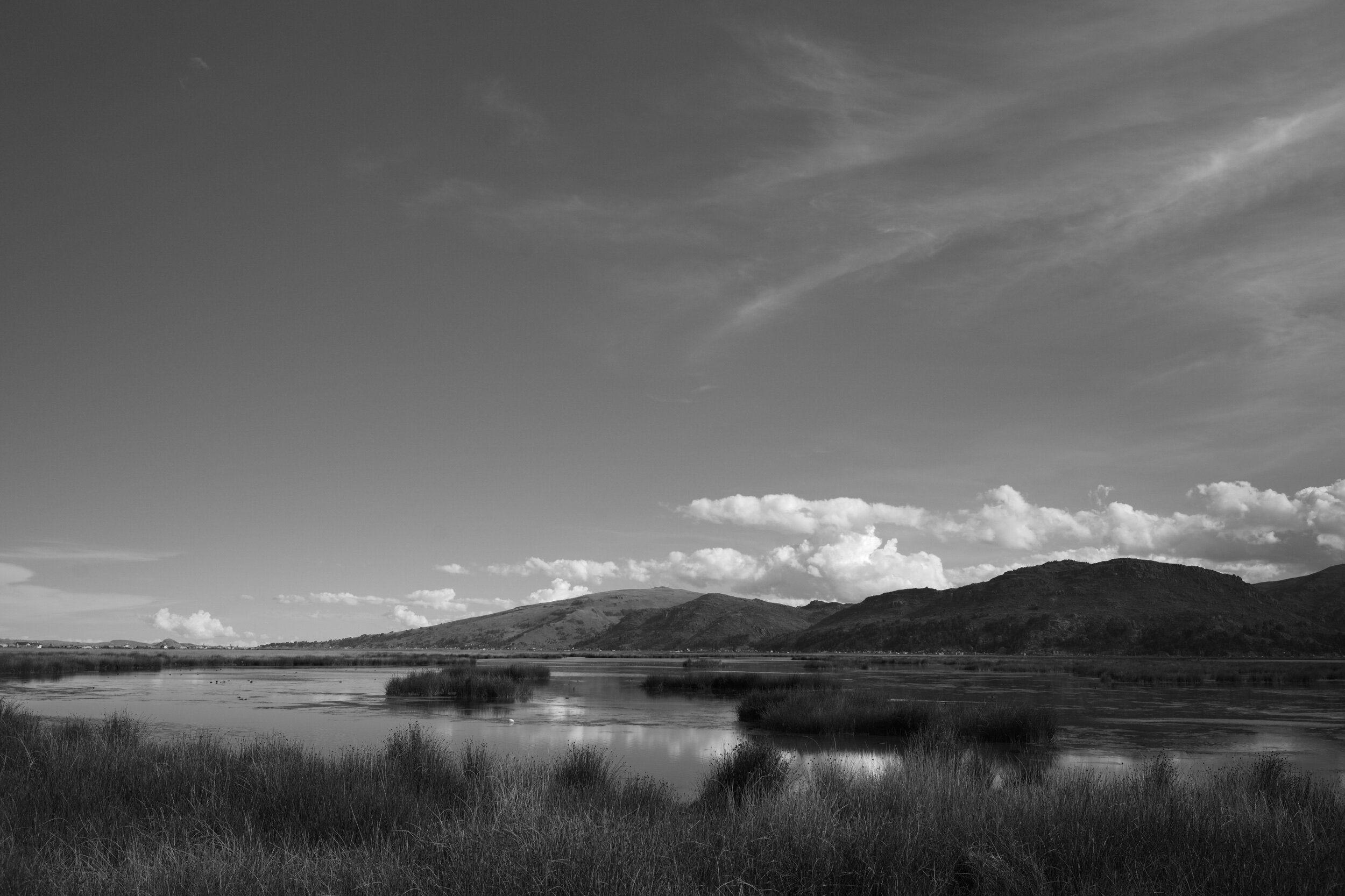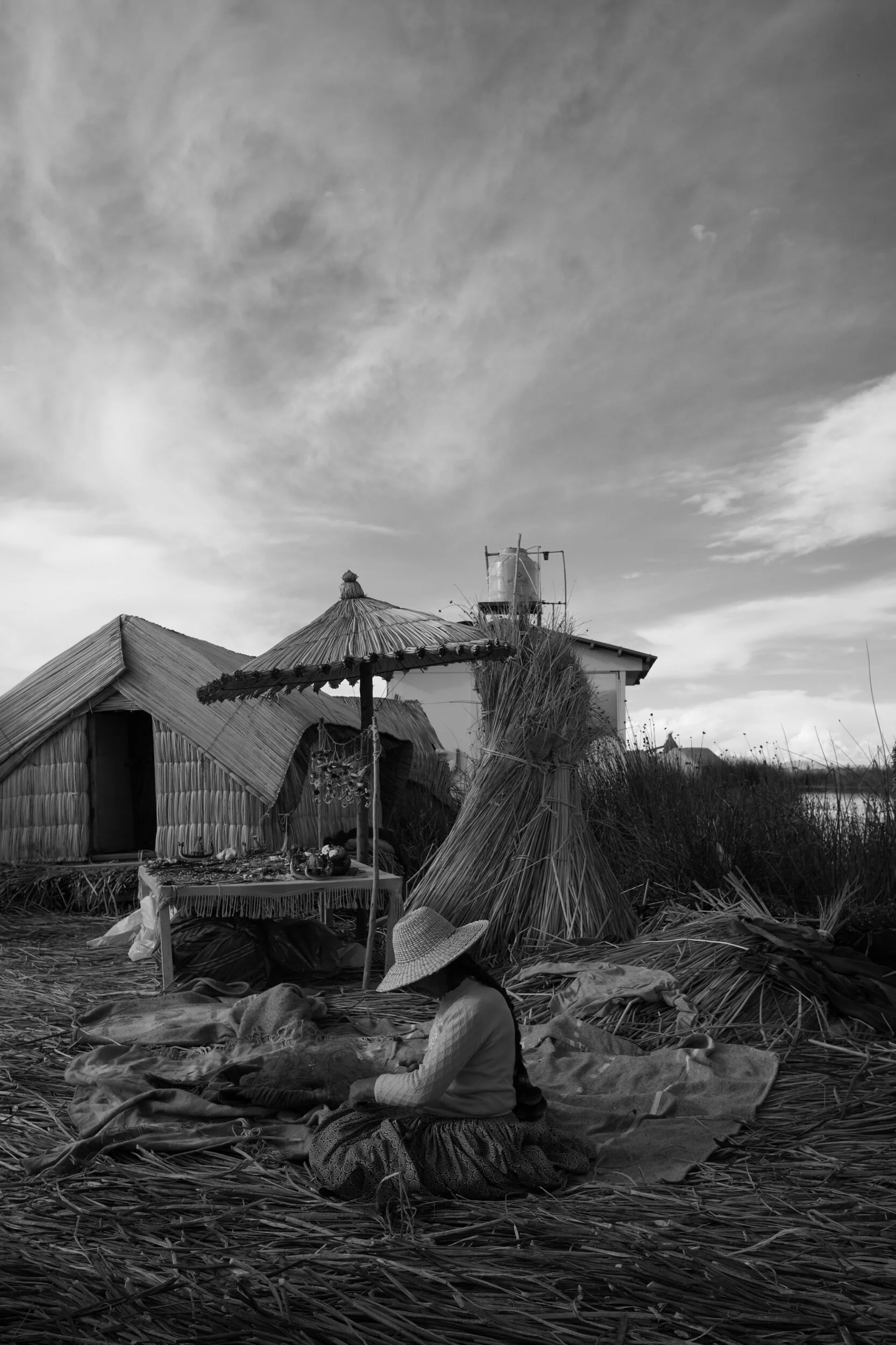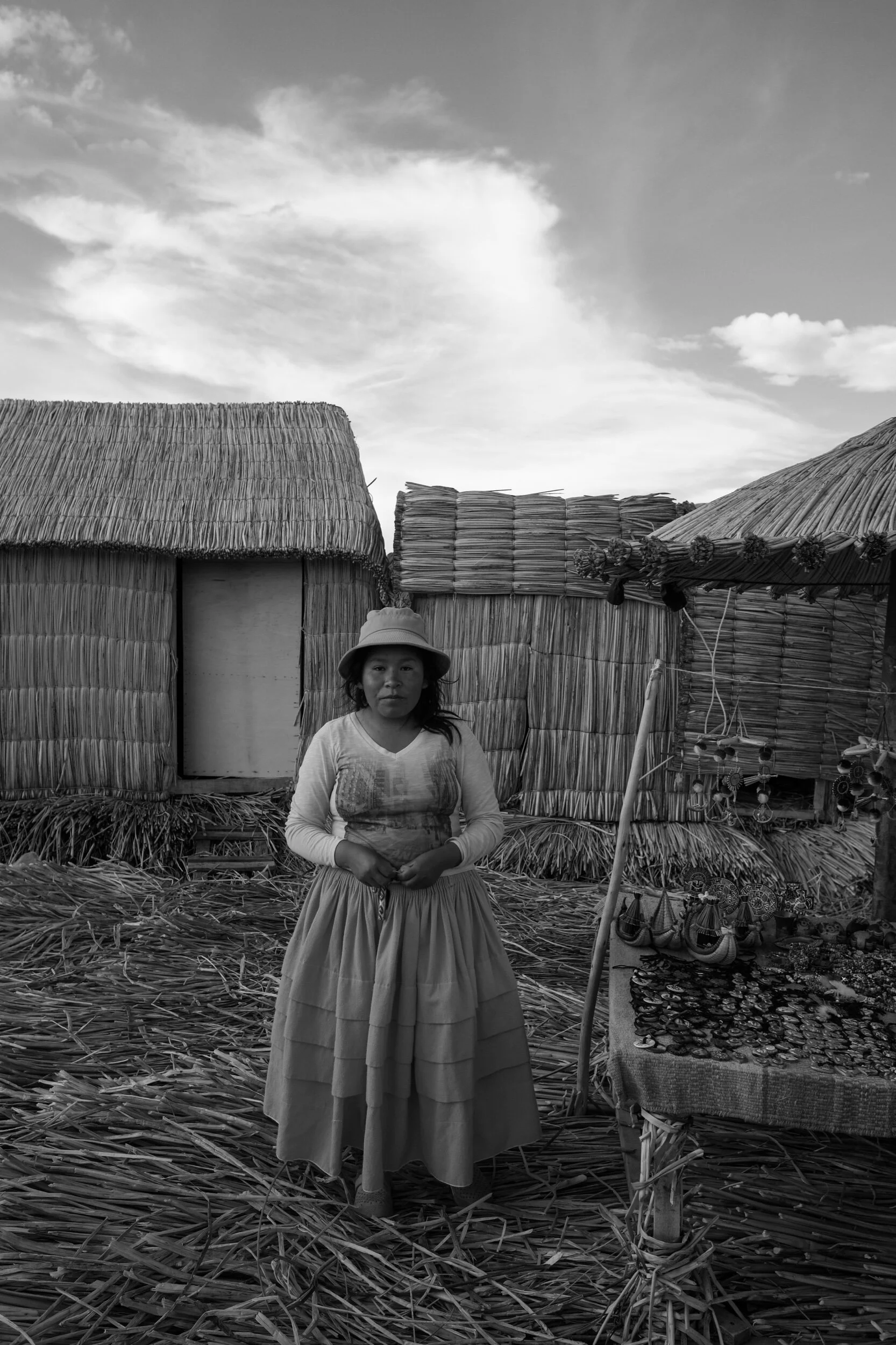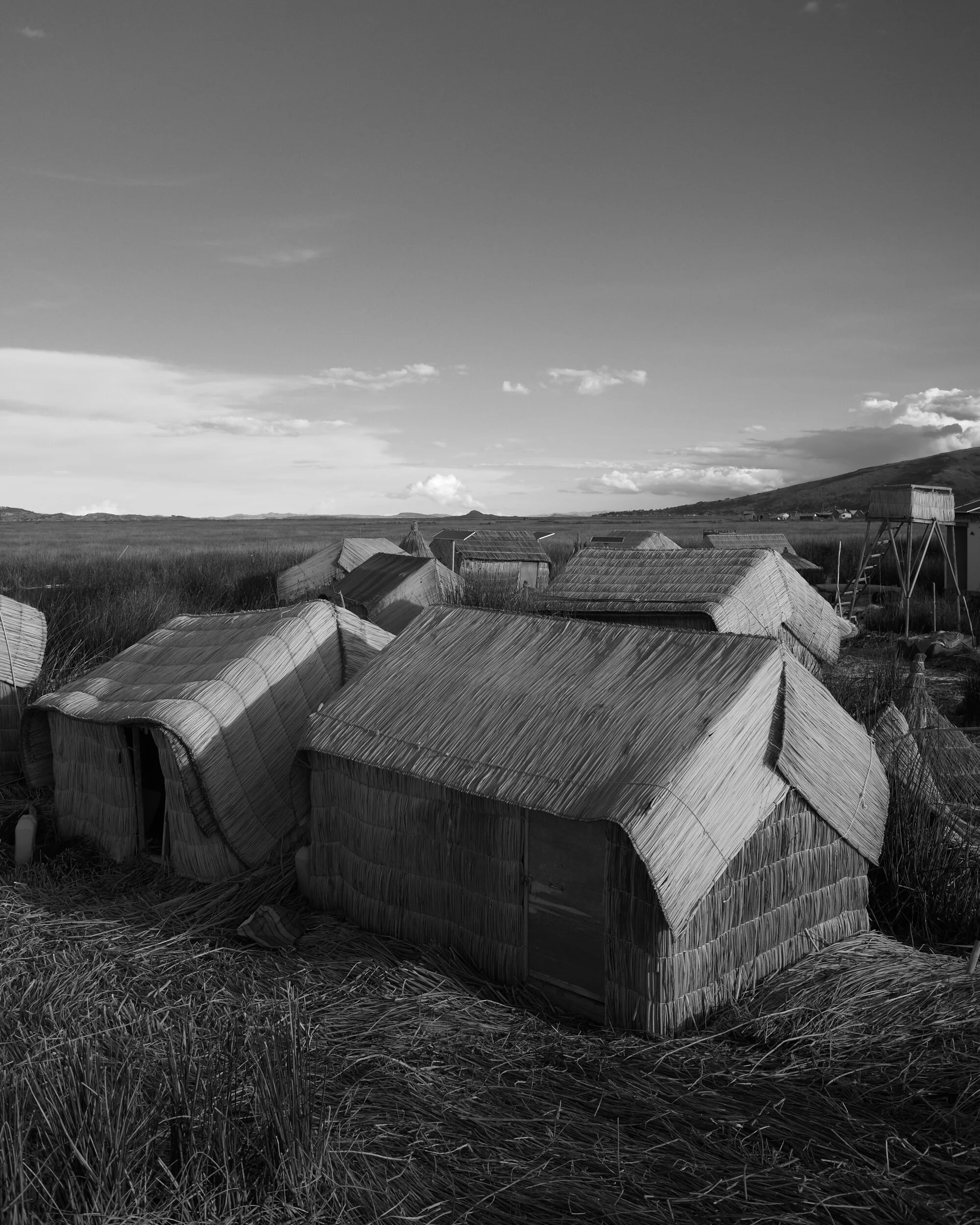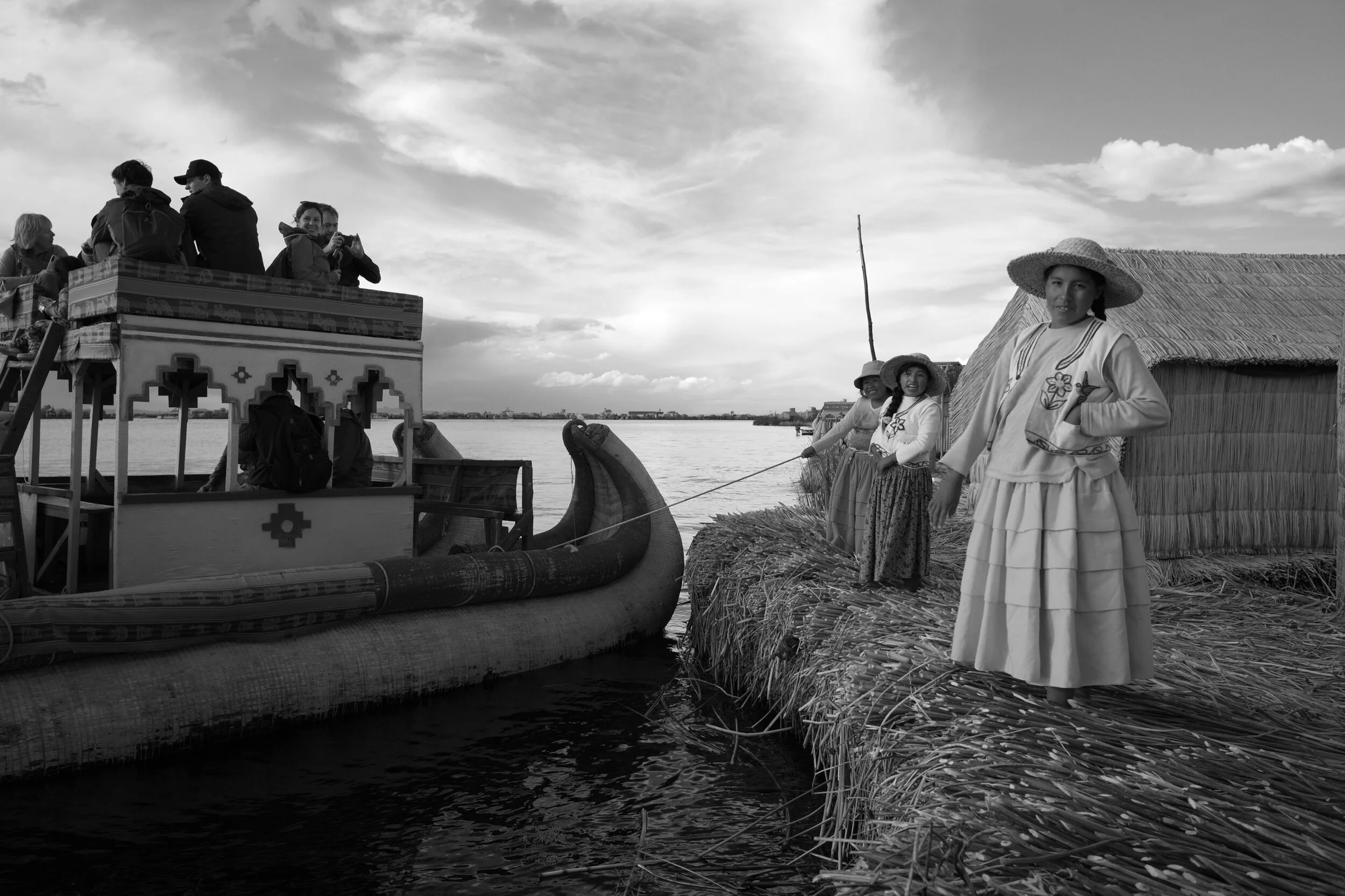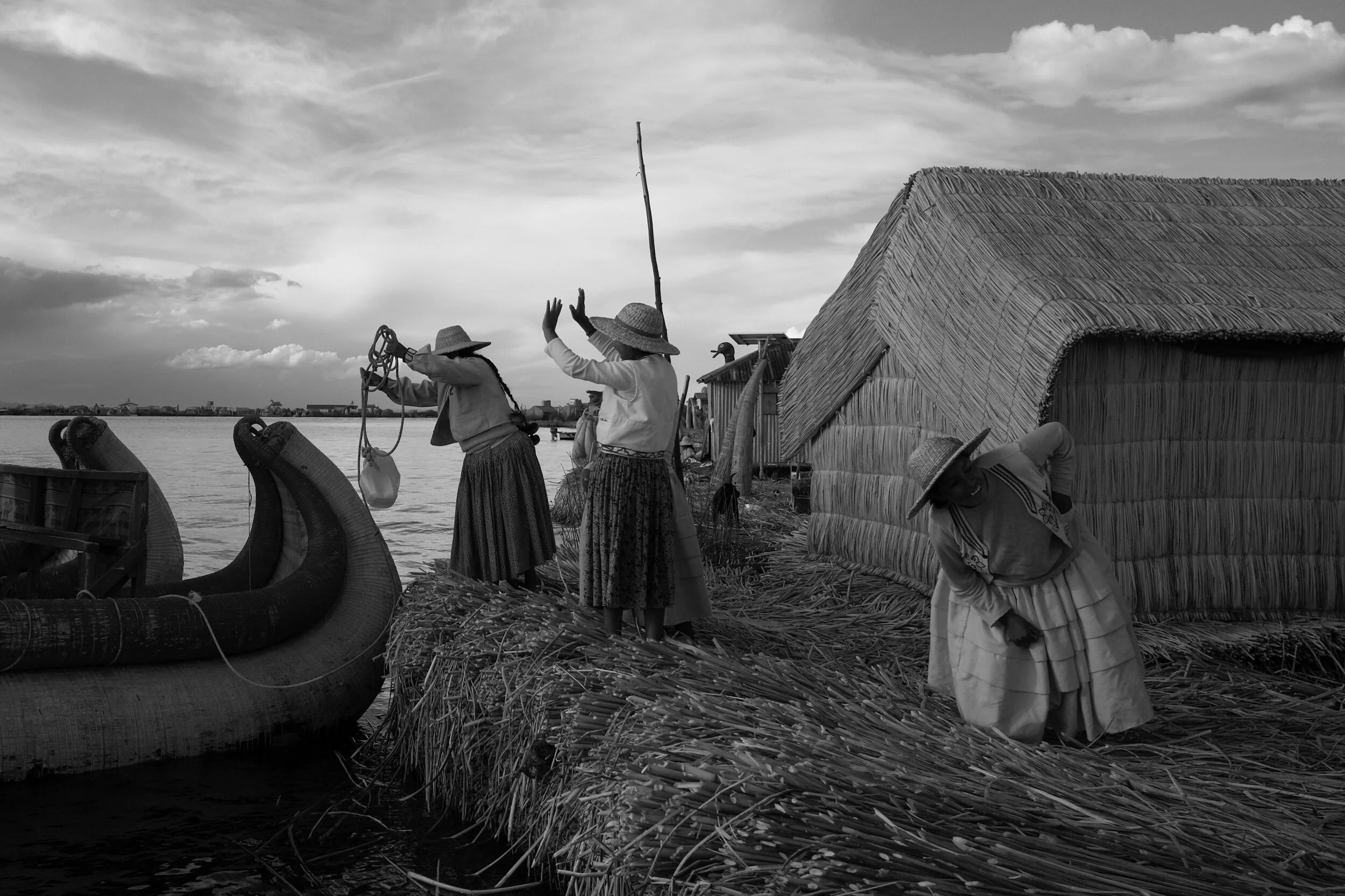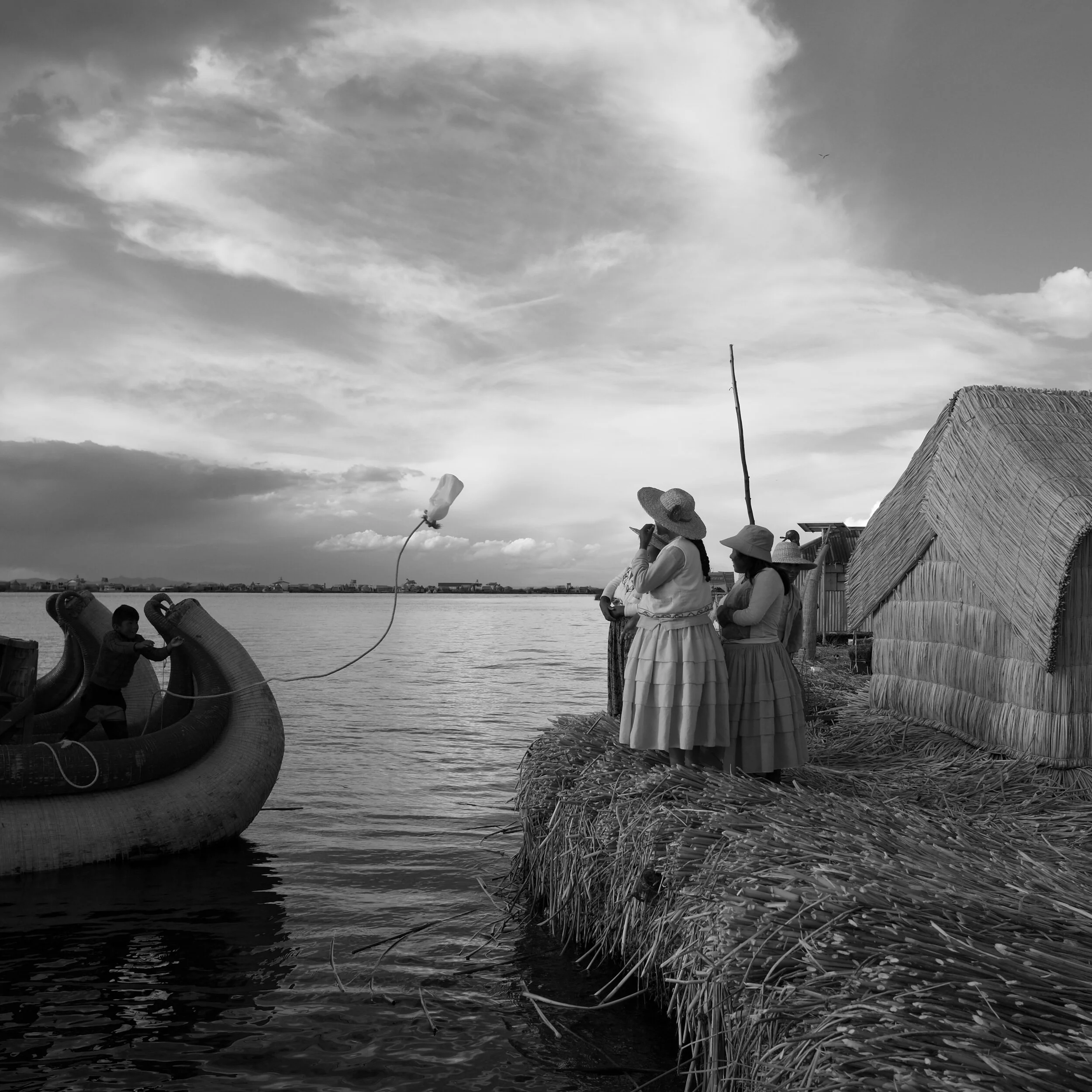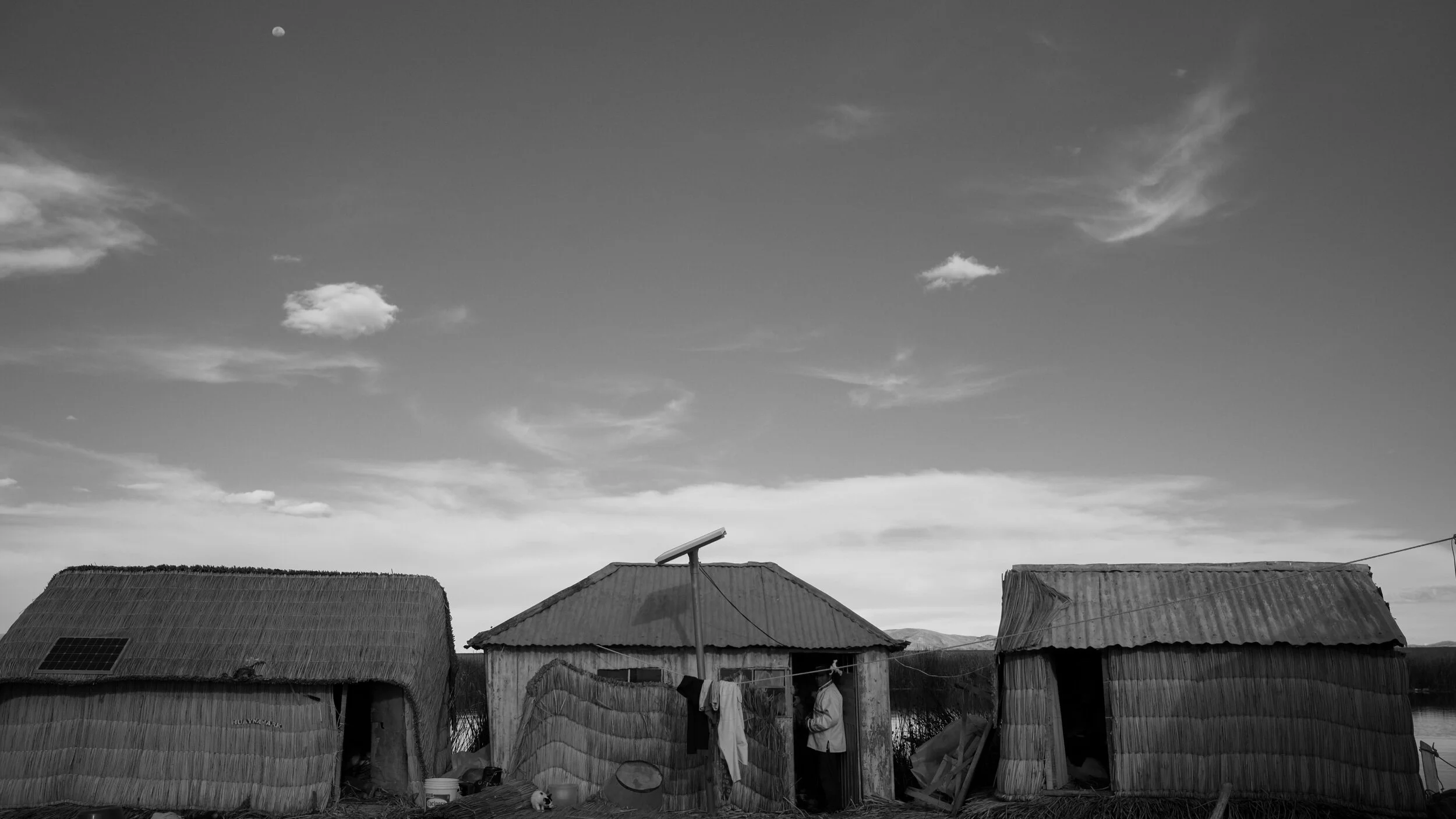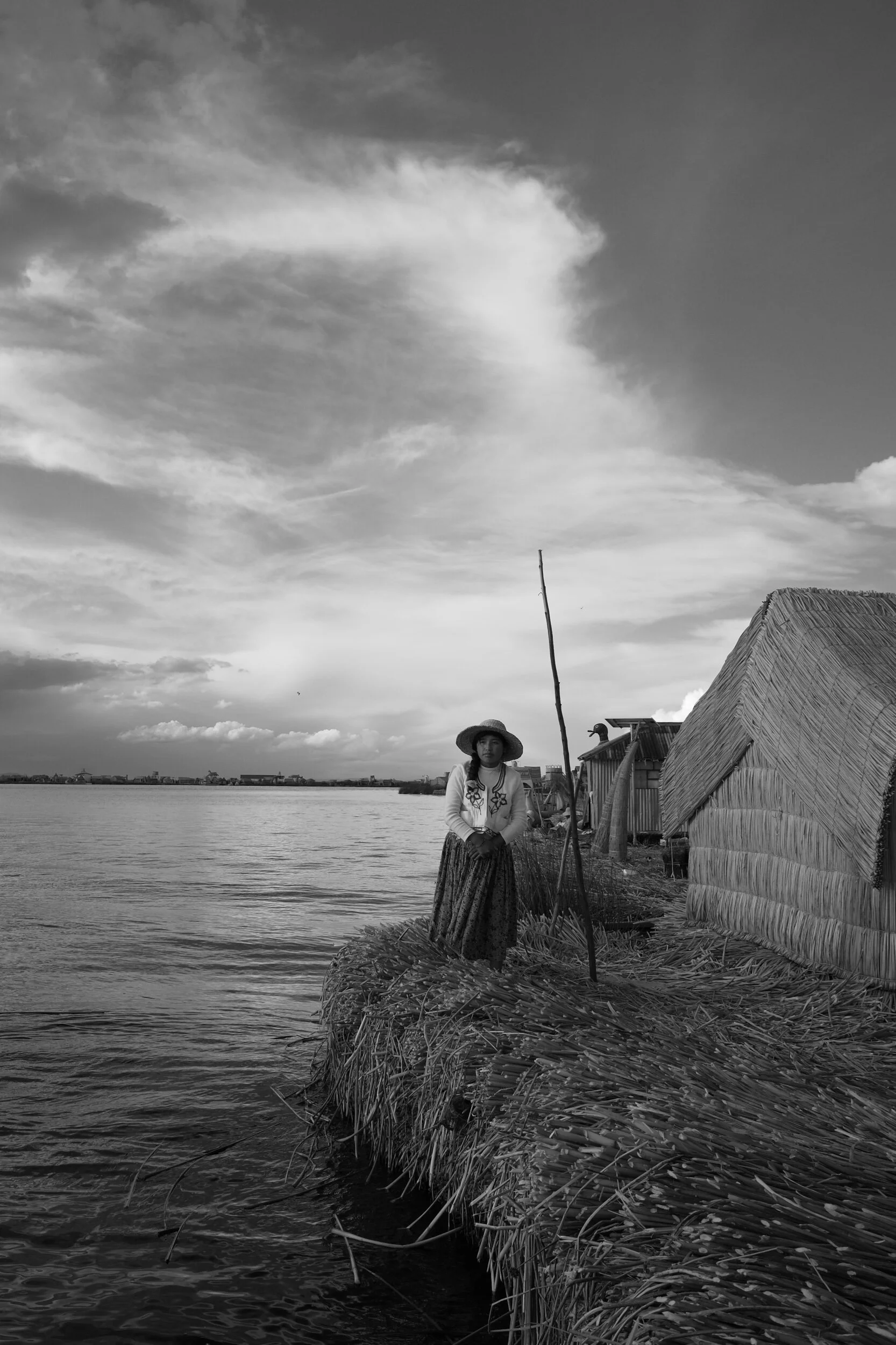
Lago TitiCaca: A Childhood Fantasy
Gallery Description
In January 2020 I embarked on a solo tour of the southern part of Peru with my Leica Camera. Upon arrival in Puno, Peru I was shocked to find that the man-made islands of the Uros not only still existed but were also still inhabited.
I was in the 3rd grade at South Clinton Elementary School when I read about the small reed islands constructed by the Uru people on Lago Titicaca. We had been reading about the ancient civilization of the Incas when I first saw the small illustration of strange looking people building houses of reeds on small islands made of the same material. As we read about those people and their culture, my imagination wandered. It all seemed like something from worlds away. Little did I know that 18 years later I would stand on those same islands from the illustration in my 3rd grade social studies book.
Lago Titicaca is considered to be the highest navigable lake in the world and also the birthplace of the sun in some cultures. It has been home to many people of various Andean civilizations and as such is an important historical location. While over 40 islands (some of which handmade) can be found on the lake’s surface, ancient temple ruins remain on the lake floor. The waters of the deep-blue lake and surrounding highlands remain home to a people who have preserved their culture and tradition through the changing of time.
I consider myself fortunate to have had the opportunity to travel to this incredible destination and photograph this important culture.
-
Joseph Nance is a professional wedding & portrait photographer based in Antigua Guatemala. His storytelling approach to his work in photography has earned recognition in international publications, galleries, and photography competitions. Throughout his travels, Joseph photographs everyday moments in faraway places. His unique perspective captures the people, landscape, and culture of unfamiliar places. In his photographs, untold stories emerge that might otherwise be forgotten. From street vendors to surfers and taxi drivers to fellow travelers, Joseph’s work offers an intimate window into the cultures of distant lands.
